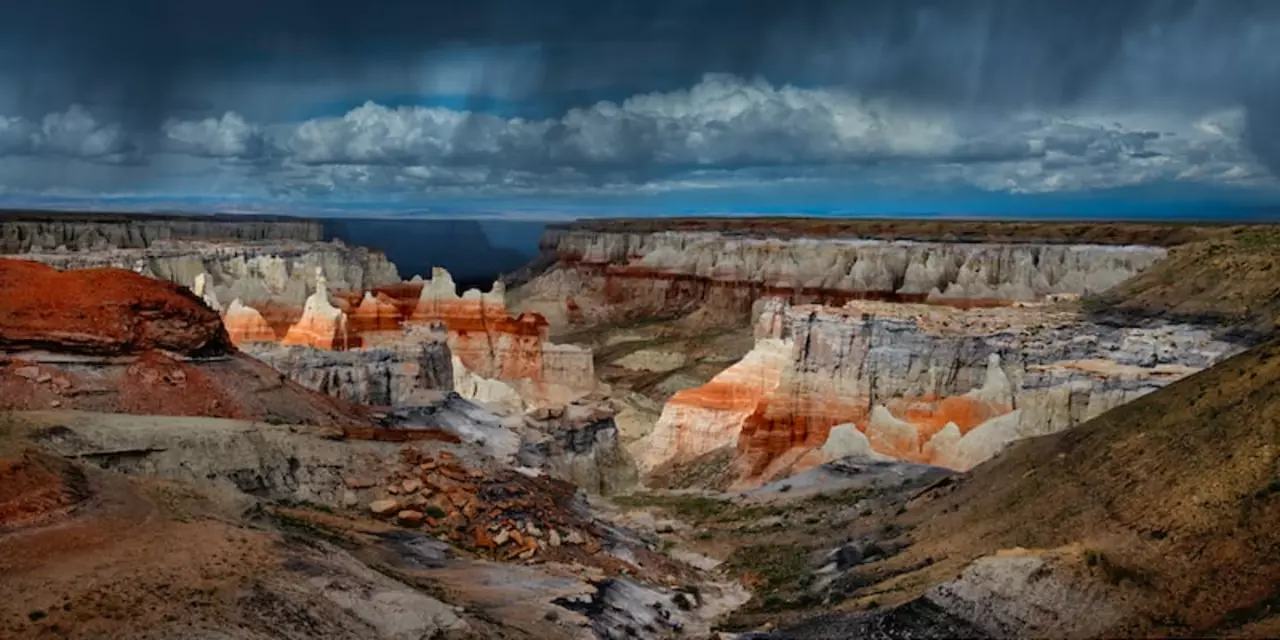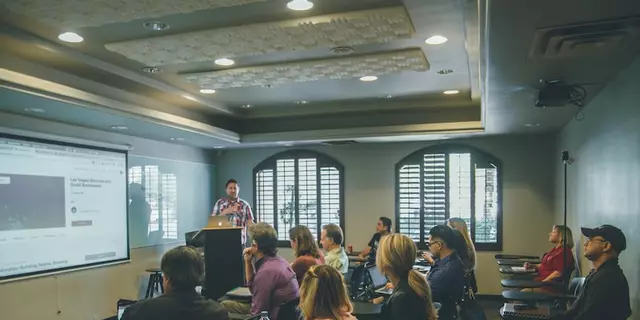Which is the best English news bulletin on Indian television?
January 27 2023Indian Reservations: What They Are and Why They Matter
Ever wondered why you hear about reservations in India all the time? It’s basically a quota system that sets aside seats in schools, jobs, and even legislatures for groups that have been left behind for centuries. The goal? Give them a fair shot at the same opportunities that others enjoy.
How the Reservation System Works
The government divides the quota into three main categories: Scheduled Castes (SC), Scheduled Tribes (ST), and Other Backward Classes (OBC). Each category gets a fixed percentage of seats – roughly 15% for SC, 7.5% for ST, and 27% for OBC in most public jobs and colleges. Some states add extra percentages for local communities, so the exact numbers can vary.
When you apply for a public university or a government job, you’ll see a separate section asking for your community status. If you belong to one of the reserved categories, you can claim those seats. The process is transparent: a merit list is first created for all applicants, then a separate list is drawn for each reserved group based on the same marks.
Who Benefits and What Changes They See
People from SC, ST, and OBC backgrounds have seen a steady rise in enrollment and employment thanks to reservations. In the last decade, the share of SC and ST students in top engineering colleges jumped from under 10% to more than 20%. Similarly, government offices that were once dominated by a single community now reflect a broader mix of India’s population.
Beyond numbers, reservations have helped break social barriers. A girl from a tribal village getting a scholarship to study engineering can inspire dozens of others in her community. That ripple effect creates more role models and slowly shifts attitudes about who belongs in certain professions.
But the system isn’t perfect. Critics say it sometimes leads to reverse discrimination or that the benefits don’t always reach the most needy within each group. To address that, the government runs “creamy layer” rules for OBCs – essentially a income ceiling that disqualifies wealthier OBC families from the quota.
So, should you care about Indian reservations if you’re not from a reserved group? Absolutely. The policy shapes the job market, college admissions, and even political representation. Knowing how many seats are set aside helps you understand competition levels and plan your career path wisely.
If you’re applying for a public position, double‑check the eligibility criteria. Some private companies also follow a voluntary reservation system, especially if they work with government contracts. Being aware of these nuances can give you an edge.
In short, Indian reservations aim to level the playing field by giving historically marginalized groups a foothold in education and employment. The system is constantly evolving, with courts, lawmakers, and social groups debating its scope. Whether you benefit from it directly or not, it’s a key piece of India’s social fabric, and staying informed helps you navigate the opportunities and challenges it brings.
Got more questions about how to apply, what documents you need, or how the “creamy layer” works? Keep reading our site for practical guides, real‑life stories, and the latest updates on reservation policies across the country.
 1 Mar
1 Mar
What's going on in Indian reservations?
This article discusses the current state of Indian reservations in the United States. It explains that poverty, unemployment, and limited access to healthcare are issues that plague many reservations, due to a lack of resources and government funding. In addition, Native Americans are disproportionately affected by police brutality and violence. Despite this, there is still hope for the future, as Native Americans are fighting for change and recognition through a variety of initiatives. They are also challenging old stereotypes and advocating for better education for their children. Overall, this article paints a picture of a difficult present, but also one with optimism for the future.
Read More...



